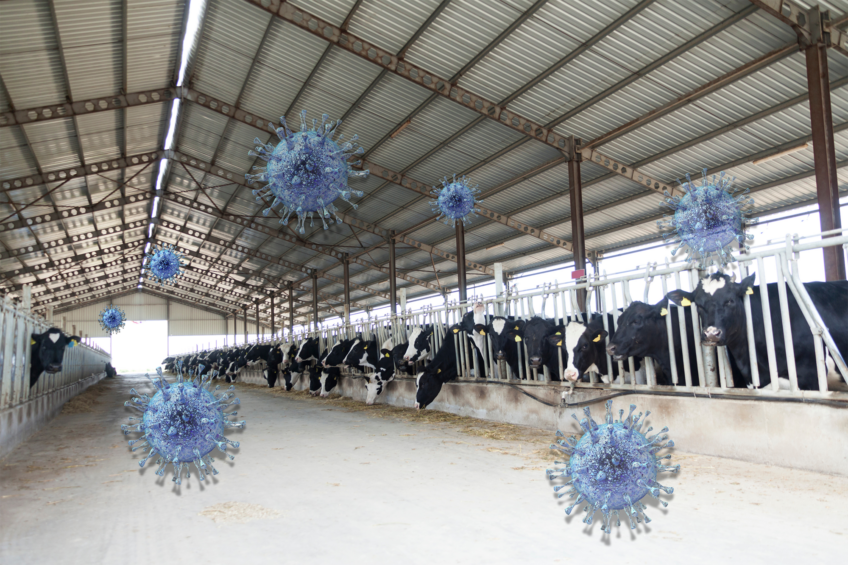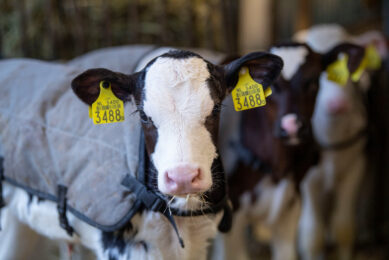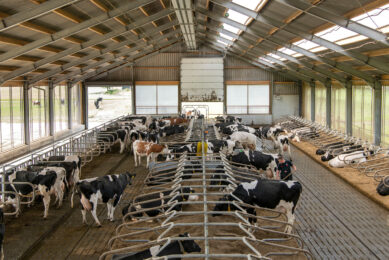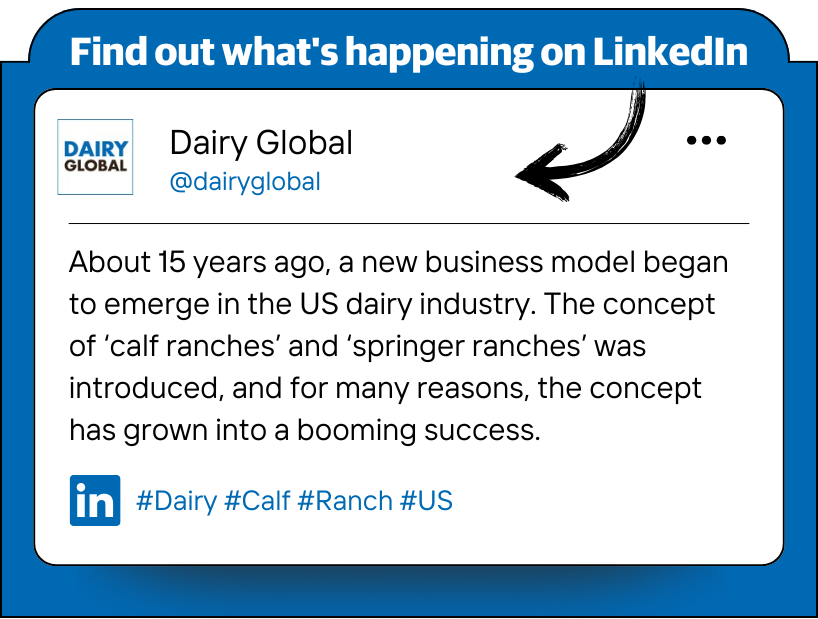The century of viruses: A wake-up call from the cow barn

It begins, as it often does, with the quiet. A misty dawn, the low murmur of hooves on hay. The gentle, rhythmic whoosh of milking liners echoing like a heartbeat through the parlour. The cows are calm. The routine is sacred. And yet, something unseen stirs in the air. Something ancient, adaptable, and alarmingly fast – viruses.
For much of modern agriculture, we’ve been focused on growth, performance, and productivity – rightfully so. But as we’ve optimised outputs, streamlined operations, and connected across continents, we’ve unintentionally opened the door to a new kind of risk – one that moves invisibly. One that mutates with ease. One that doesn’t knock – it just enters.
Century of viruses
Welcome to what many scientists, veterinarians, and global health authorities now call The Century of Viruses. And no, it’s not just a post-Covid buzzword. It’s a biological and societal reckoning. It’s the reality that infectious diseases – especially viral ones – are no longer fringe issues. They are frontline challenges, and they are rewriting the rulebook for dairy farms across the globe.
From global pandemics to pasture problems
We used to think of viruses as distant –something that happened in far-off lands or affected exotic wildlife, or lived mainly in textbooks. But today, viruses are showing up on farm logs, milk reports, and veterinary screens with unsettling frequency.
- Covid-19, of course, was a wake-up call to all industries, but especially agriculture, which saw supply chain breakdowns, staff shortages, and heightened biosecurity requirements.
- Foot-and-Mouth Disease (FMD) remains one of the most feared animal diseases on the planet. It spreads through breath, feed, manure, even clothing, and can devastate trade, paralyse movement, and slash profits within days.
- Lumpy Skin Disease (LSD), once restricted to Africa, has galloped into Europe and Asia, carried by insects and global warming alike.
- Bovine Viral Diarrhoea (BVD), Infectious Bovine Rhinotracheitis (IBR), Bovine Coronavirus, and Respiratory Syncytial Virus (RSV) continue to wreak havoc on calf health, milk yields, and reproductive performance.
Each virus has its own playbook, but they share a chilling truth: they thrive in the shadows of inattention. And here’s the real kicker: the rise of viral diseases isn’t just due to biology. It’s entangled in everything – climate change, global trade, increased animal density, and yes, even human behaviour. We are not just reacting to viruses anymore. We are, in many cases, accelerating them.
The science behind the surge
Let’s pull back the curtain a bit and understand why this surge is happening.
- High-density farming = high transmission potential
Modern dairy farms are marvels of efficiency, but they’re also ideal grounds for viral transmission. Close contact, shared air, and centralised systems can allow a virus to spread like wildfire if not contained. - Global trade = global risks
With animals, feed, semen, and equipment crossing borders regularly, the chance of bringing a stowaway virus along for the ride has never been higher. - Climate change = vector explosion
Warmer climates extend the active season for virus-carrying insects like ticks and midges. Diseases that were once regional are now migrating. - Stress = immunity’s worst enemy
High-performance cows are more productive than ever, but often under greater physiological stress. Stress weakens the immune system, making cows more susceptible to infection. - Mutation = new viral variants
Like in humans, animal viruses evolve quickly. This makes vaccine development and disease control a moving target.
This isn’t fear-mongering – it’s fact. And it demands that dairy farmers evolve alongside the threats.
Join 13,000+ subscribers
Subscribe to our newsletter to stay updated about all the need-to-know content in the dairy sector, two times a week.










